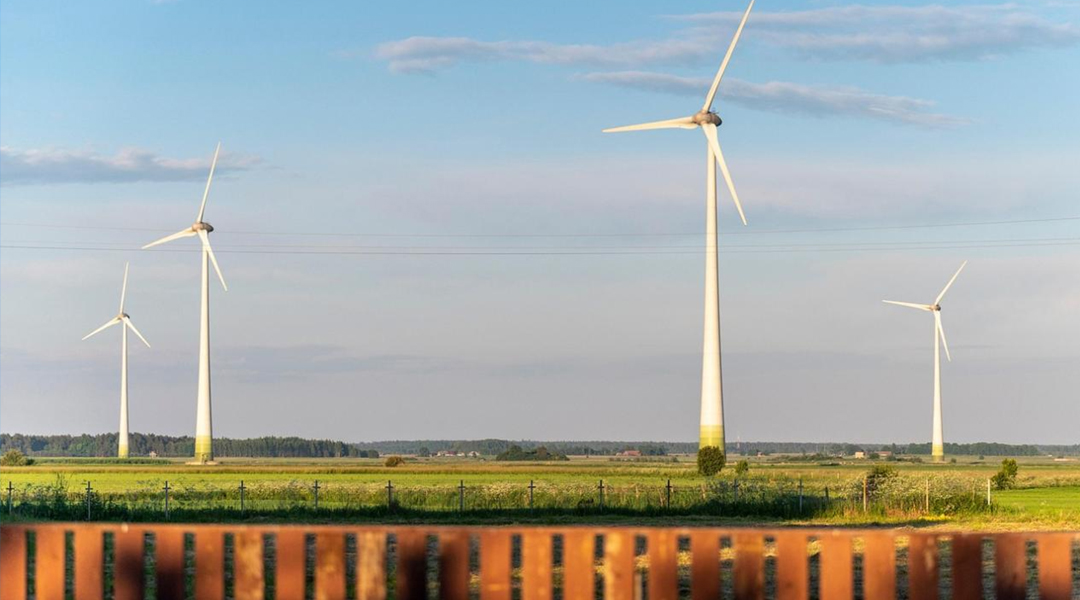
Recently, the global e-commerce giant Amazon announced that the first phase of its new large-scale logistics hub at Liège Airport in Wallonia, Belgium, has been completed and is now operational. This marks a milestone in the company’s three-year, €1 billion "Belgium Strategy" and signals its further expansion into the European market.
Where is the €1 billion investment going?
Infrastructure Expansion: The new logistics center at Liège Airport is the centerpiece of the investment. Equipped with Amazon’s most advanced robotic sorting technology and AI-driven warehouse management systems, its processing capacity is more than three times that of the original facility. It will serve as one of Amazon’s "nerve centers" in Europe, catering not only to the Benelux market but also radiating to Germany, France, and the UK.
Logistics Network Intensification: Funds are also being used to build multiple new "last-mile" delivery stations across Belgium. By the end of 2025, the number of delivery stations in the country will double, enabling same-day or next-day delivery in more towns and significantly improving the user experience.
Talent and Sustainable Energy: The project has already created over 2,500 long-term local jobs. Additionally, Amazon stated that the logistics center will be powered 100% by renewable energy, with massive solar panels installed on the roof and plans to procure wind power from nearby sources, fulfilling its commitment to achieve net-zero carbon emissions globally by 2040.

Why Belgium?
Geographical Hub: Within 24 hours, it can cover 80% of European consumer markets and is unaffected by Brexit-related tariffs.
Mature Infrastructure: Liège Airport is the eighth-largest cargo airport in Europe, with a well-developed multimodal transport network.
Policy Support: The Belgian government offers tax incentives and infrastructure subsidies to attract high-tech investments.
Three Impacts on the European Market
Supply Chain Acceleration: Through the Liège hub, Amazon has reduced cross-border delivery times between Germany and France to just 12 hours, forcing competitors like Zalando and Alibaba’s AliExpress to upgrade their logistics networks.
Shift in Competitive Landscape: European local e-commerce players face an "efficiency squeeze." For instance, Dutch giant Coolblue has announced a €200 million investment to upgrade its Antwerp hub, yet its scale is only one-fifth of Amazon’s.
Geo-Economic Restructuring: The rise of the Liège hub is strengthening Belgium’s position as Europe’s logistics gateway. This not only diverts traditional cargo flows via Rotterdam and Frankfurt but may also reshape the internal logistics landscape of Europe.
The €1 billion bet is not only Amazon’s affirmation of Europe’s market potential but also a critical move in the global supply chain game. With the full operation of the Liège hub, a new European e-commerce battle centered on speed, technology, and sustainability has begun.
The 2025 Amazon Cross-Border E-commerce Summit was held in Hangzhou 1981 Technology attended the event, focusing on new strategies and planning to upgrade its services to help Chinese brands expand globally
Black Friday & Cyber Monday 2025: 1981 Tech drives client success with ¥20M+ in sales across key global markets, powered by data-driven strategy and localized expertise

Copyright © 2015-2025 Shenzhen 1981 Technology Co., Ltd. All Rights Reserved.